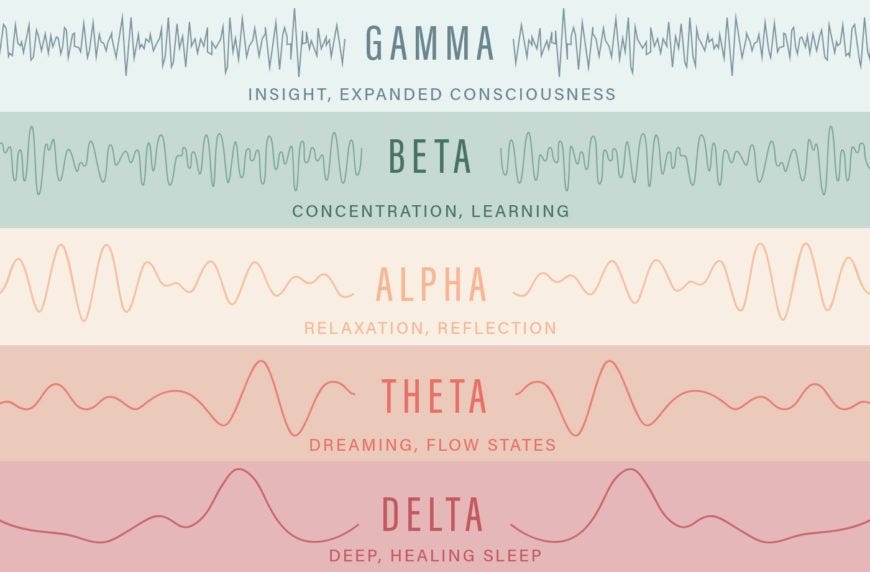Sound Therapy
Sound Healing is a non-invasive and gentle modality, with a scientific and spiritual foundation that can have profound results. The sound frequency and the vibrations stimulate the brain and the Vagus nerve system so when your body and mind are relaxed, the brain will release happy chemicals (Dopamine, Serotonin, Oxytocin, and Endorphins), and a higher Vagal tone makes your body better at regulating blood glucose levels, reducing the likelihood of diabetes and cardiovascular disease. The immune system is at its best when we are relaxed.
Ancient Wisdom:
- Sound healing has ancient roots across various cultures.
- India used mantras and chanting for millennia.
- Ancient Egyptians employed vowel sounds in their healing rituals.
- Greek philosopher Pythagoras explored the mathematical and vibrational properties of sound.
- Indigenous cultures embraced drumming, chanting, and singing in their healing ceremonies.
Modern Validation:
- Recent scientific research confirms sound and vibration healing's potential.
- Benefits for mental health: anxiety, depression, and PTSD.
- Singing bowl therapy reduces anxiety and pain in cancer care.
- Neuroscience reveals brainwave entrainment through sound.
- In palliative care, sound healing comforts and eases emotional distress.
- Dental clinics use sound healing for anxiety and pain reduction during procedures.
- Sound therapy integrates into healthcare settings, offered in hospitals, clinics, and wellness centers as a complementary approach to traditional treatments.
- Countries like UK, Germany, Canada, Australia, Japan and India were widely integrating of sound healing in healthcare services, rehabilitation facilities, and wellness practices.
Sound and Mental Health:
- Effective for managing and alleviating symptoms of mental health conditions.
- Induces deep states of relaxation, reducing the symptoms of anxiety and depression.
- Relief for PTSD through specific frequencies and vibrations.
- Music therapy, a form of sound healing, is used in psychiatric settings to enhance communication and emotional expression.
|
Brainwave Entrainment:
|
Sound Healing in Holistic Medicine:
- Holistic practitioners often incorporate sound healing into their therapies to address physical, emotional, and spiritual aspects of health.
- Sound healing complements other holistic modalities such as acupuncture, yoga, and energy healing.
- It is seen as a means of restoring balance and harmony to the body's energy systems.
- Meditating with singing bowls reduces blood pressure more than meditation alone, according to Human Activation Science. Those who undergo a state of deep relaxation often report a feeling of mental freshness that they carry with them after the session is over.
Sound Healing in Neurological Conditions:
Parkinson's Disease:
As sound healing gains recognition in medical and holistic settings, more research will unveil its therapeutic potential.
Parkinson's Disease:
- Emerging research supports sound therapy for Parkinson's Disease.
- A 2016 study in "Frontiers in Human Neuroscience" investigated rhythmic auditory stimulation (RAS) and found improved motor function.
- A 2020 study in "Parkinsonism & Related Disorders" showed enhanced mood and well-being with group music therapy.
- Sound therapy, including RAS and music therapy, may positively impact motor function and emotional well-being.
- Alzheimer's Disease presents unique challenges, but sound therapy offers promise.
- A 2018 study in the "Journal of Alzheimer's Disease" revealed reduced anxiety and depression with personalized music playlists.
- The Alzheimer's Association endorses music therapy for managing behavioral symptoms.
- Ongoing research explores sound therapy's potential for memory recall and cognitive function.
- Sound therapy, including music therapy, enhances emotional and cognitive aspects of Alzheimer's care.
- Promising results require ongoing research.
- Potential for further refinement in neurodegenerative conditions.
As sound healing gains recognition in medical and holistic settings, more research will unveil its therapeutic potential.


